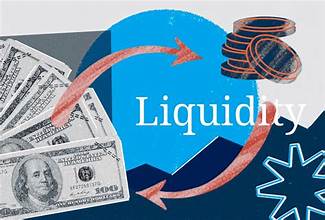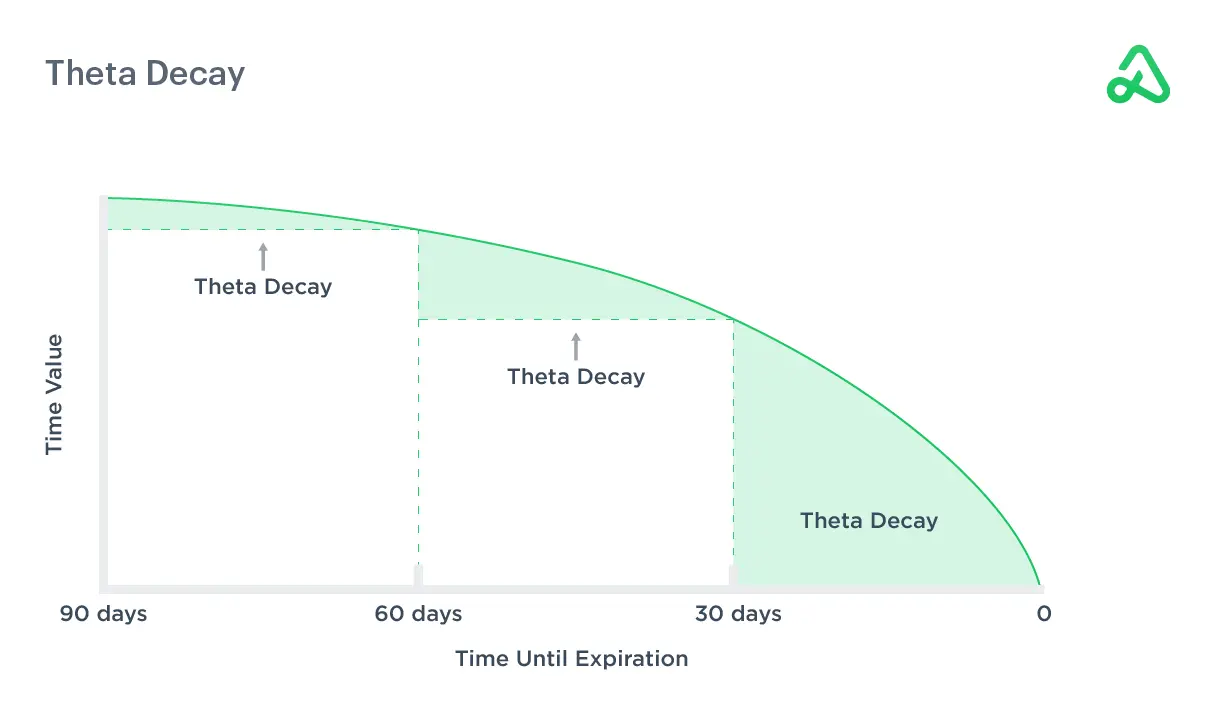In the financial markets, liquidity and bid-ask spread issues are crucial factors that influence trading efficiency, cost, and overall market stability. Whether you are an institutional investor, a day trader, or a retail investor, understanding these concepts can help optimize your trading strategies and reduce transaction costs.
What is Liquidity?
Liquidity refers to the ease with which an asset can be bought or sold in the market without significantly affecting its price. A highly liquid asset can be traded quickly and with minimal price fluctuation. While an illiquid asset may take longer to sell and could experience significant price changes during a transaction.
There are two primary components of liquidity:
- Market Depth: The volume of buy and sell orders at various price levels.
- Market Breadth: The number of participants and transactions in the market.
Highly liquid markets, such as major stock exchanges or the forex market, have high trading volumes and tight bid-ask spreads. On the other hand, less liquid markets, such as small-cap stocks or real estate often experience wider bid-ask spreads and price slippage.
Understanding the Bid-Ask Spread
The bid-ask spread is the difference between the maximum price a buyer is willing to pay (the bid) and the minimum price a seller is willing to accept (the ask). This spread is a fundamental measure of liquidity and transaction cost.
For example, if the bid price for a stock is $50 and the ask price is $50.10, the bid-ask spread is $0.10. The narrower the spread, the more liquid the market, while a wider spread indicates lower liquidity and higher trading costs.
Several factors influence the bid-ask spread:
- Market Liquidity: A more liquid market has tighter spreads, while an illiquid market has wider spreads.
- Trading Volume: Securities with higher trading volumes tend to have lower bid-ask spreads.
- Volatility: Increased market volatility often leads to wider spreads as traders demand higher compensation for risk.
- Market Maker Competition: A higher number of market makers leads to tighter spreads, improving liquidity.
- Regulatory Environment: Different markets have varying regulations that impact spreads and liquidity.
Liquidity & Bid-Ask Spread Relationship
Liquidity and bid-ask spreads are inversely related. When liquidity is high, the spread tends to be narrow because market participants are actively trading the asset. Conversely, when liquidity is low, fewer participants are willing to buy or sell, leading to wider spreads as market makers compensate for the increased risk.
For instance, blue-chip stocks like Apple (AAPL) or Microsoft (MSFT) have tight bid-ask spreads due to high liquidity and trading volumes. In contrast, small-cap or penny stocks may experience wider spreads due to limited trading activity and fewer market participants.
Issues Arising from Liquidity & Bid-Ask Spreads
Despite their fundamental role in financial markets, liquidity and bid-ask spread issues can create several challenges for traders and investors.
- Higher Trading Costs: Wider bid-ask spreads increase transaction costs for traders, particularly those executing frequent trades. This cost can erode profits and make it more expensive to enter or exit positions.
- Price Slippage: In illiquid markets, executing large orders can lead to significant price slippage. Where the actual trade price deviates from the expected price due to insufficient market depth.
- Market Manipulation: Illiquid markets are more susceptible to manipulation by large traders or institutions. For example, a trader with significant capital can place large buy or sell orders to artificially influence prices.
- Limited Investment Opportunities: Investors may struggle to find suitable entry or exit points in illiquid assets. This leads to missed opportunities or forced transactions at unfavorable prices.
- Market Volatility: Lower liquidity can contribute to heightened volatility, making prices more erratic and increasing the risk for traders and investors.
How to Navigate Liquidity and Bid-Ask Spread Challenges
Traders and investors can adopt several strategies to mitigate liquidity and bid-ask spread risks:
- Trade in High-Liquidity Markets: Focus on assets with high trading volumes and tighter spreads to reduce transaction costs.
- Use Limit Orders: Instead of market orders, use limit orders to specify the price at which you are willing to buy or sell, minimizing slippage.
- Analyze Market Conditions: Monitor trading volumes, news, and economic events that might impact liquidity and spreads.
- Diversify Investments: Reduce exposure to illiquid assets by diversifying across various asset classes and market segments.
- Time Your Trades: Avoid trading during off-market hours or in periods of high volatility to prevent unfavorable spread movements.
Conclusion
Liquidity and bid-ask spread issues play a crucial role in financial market efficiency, influencing transaction costs, price stability, and trading strategies. While highly liquid markets offer tight spreads and lower trading costs, illiquid markets pose its own challenges. By understanding these factors and employing strategic trading techniques, investors and traders can navigate liquidity constraints.
For anyone actively engaging in financial markets, continuous monitoring of liquidity conditions and bid-ask spreads is essential to making informed and cost-effective trading decisions. By prioritizing liquid assets, using limit orders, and timing trades effectively, market participants can mitigate risks and enhance their overall trading experience.


